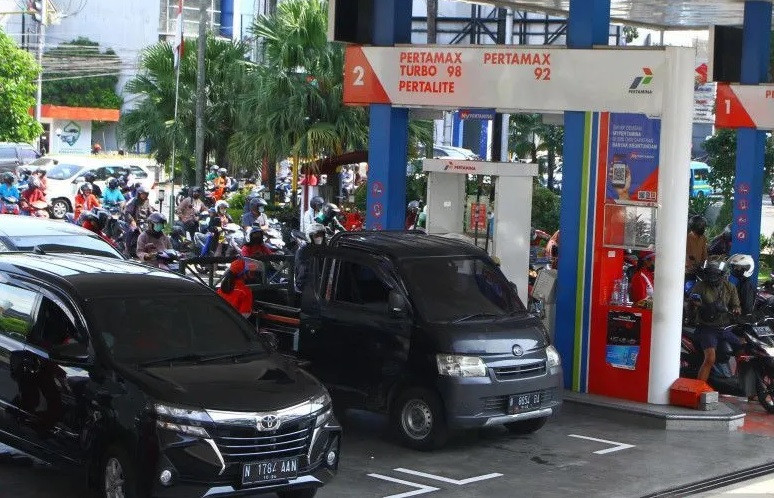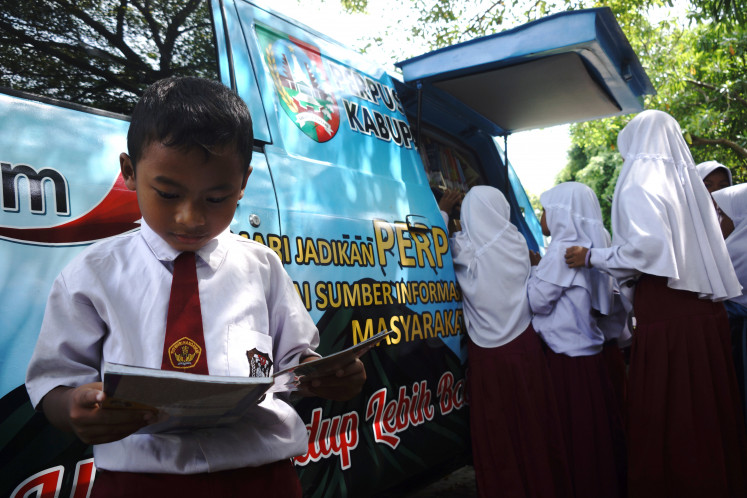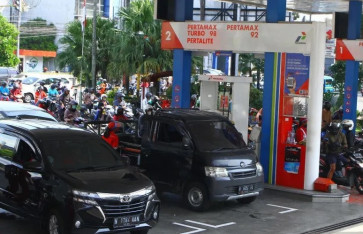Popular Reads
Top Results
Can't find what you're looking for?
View all search resultsPopular Reads
Top Results
Can't find what you're looking for?
View all search resultsCan ASEAN emerge as an epicentrum of growth?
ASEAN centrality is increasingly tested as there has been a growing number of developed countries-led economic frameworks and/or economic cooperation initiatives that have left ASEAN divided.
Change text size
Gift Premium Articles
to Anyone
A
SEAN as an Epicentrum of Growth is the theme of Indonesia’s 2023 ASEAN chairmanship. Is it a reliable and attainable vision? While some may be optimistic about the vision’s potential, for us, it sounds more like jargon than a vision.
Let us begin by examining some of the key economic indicators that the optimistic side might have considered, which render ASEAN a potential epicenter of growth.
First, ASEAN has recorded an impressive economic performance and demographic profile over the last two decades. The region has recorded average economic growth of 5 percent, among the highest in the world between 2000 and 2022. As of 2022, ASEAN’s population stood at 672 million, about 9 percent of the world’s total population, and the region contributed 6.4 percent to the global gross domestic product.
Excluding data from Cambodia, ASEAN recorded labor productivity growth of 3.2 percent from 2000 to 2022. Notably, based on a simple average for the year 2022, about 68 percent of the population in the six largest economies in the ASEAN region, Indonesia, Malaysia, the Philippines, Thailand, Singapore and Vietnam, are within the working age range of 15 to 64 years old. Combined with a stable political situation, those factors place ASEAN as one of the most attractive trade and investment partners globally.
Second, ASEAN has posed promising trade and investment over the same period. As of 2022, ASEAN's total trade accounted for 7.7 percent of the world's total trade, or 17.6 percent of East Asia's total trade. In the same year, ASEAN's total foreign direct investment (FDI) accounted for 26.7 percent of total FDI in East Asia and 11.6 percent of total FDI in the rest of the world.
Third, lately, ASEAN has shown impressive development in the digital era. The world’s digital trade is estimated to reach US$10 trillion by 2030, of which $1 trillion, or 10 percent, will be contributed by ASEAN.
In 2020, about 80 percent of internet users in ASEAN engaged in online shopping (Ing and Markus, 2023). Beyond trade, digital innovation, including artificial intelligence (AI), has the potential to reshape and revolutionize various industries and sectors, ranging from health care and education to finance, energy and transportation, among other sectors.



















